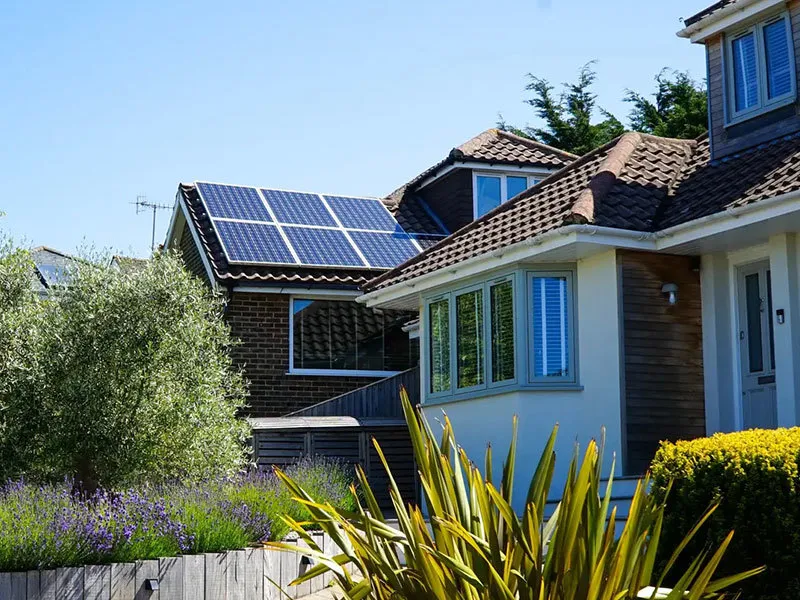efficiency of thin film solar panels
The Efficiency of Thin Film Solar Panels
In the quest for sustainable energy solutions, thin film solar panels have emerged as an intriguing alternative to traditional crystalline silicon solar cells. While the efficiency of solar panels is a crucial aspect when considering their viability, the unique advantages presented by thin film technologies contribute significantly to their growing popularity in the renewable energy sector.
Understanding Thin Film Technology
Thin film solar cells are made by depositing one or more thin layers of photovoltaic material onto a substrate, which can be made of glass, plastic, or metal. The most common materials used in thin film technology include cadmium telluride (CdTe), copper indium gallium selenide (CIGS), and amorphous silicon (a-Si). These materials exhibit distinct properties that affect their efficiency, cost, and durability.
Traditionally, the efficiency of solar panels has been a determining factor for their adoption. Crystalline silicon solar panels—comprised of silicon wafers—boast efficiencies in the range of 15% to 22%. In contrast, thin film solar panels have exhibited lower efficiencies, typically around 10% to 12% for CdTe and 12% to 14% for CIGS. However, it is crucial to analyze these figures in context, considering the advantages that thin film technologies provide.
Advantages of Thin Film Solar Panels
1. Cost-effectiveness Thin film solar panels are generally less expensive to produce than their crystalline counterparts. The manufacturing process requires fewer materials and can utilize lower-quality substrates, making it more affordable. These cost savings have led to the increased deployment of thin film panels, particularly in large-scale solar farms where budget constraints often play a significant role.
2. Lightweight and Flexible One of the most notable advantages of thin film solar panels is their lightweight and flexibility. These panels can be installed on a variety of surfaces, including curved structures, which expands the potential applications of solar energy. This flexibility opens up opportunities in urban areas where traditional panels may not be feasible.
efficiency of thin film solar panels

3. Performance in Low Light Conditions Thin film solar cells, especially those made from amorphous silicon, tend to perform better than crystalline silicon panels under low-light and high-temperature conditions. This characteristic makes them particularly valuable in regions with less sunlight or during cloudy weather, providing a more consistent energy output.
4. Environmental Impact The production of thin film solar cells generally uses fewer resources and can result in lower carbon emissions compared to traditional solar panels. Additionally, the potential for recycling thin film materials adds an extra layer of environmental sustainability.
Challenges and Future Prospects
Despite these advantages, the efficiency of thin film solar panels remains a significant challenge. Researchers and engineers are continually exploring innovative ways to enhance the efficiency levels of thin film technologies. Advances in materials science, such as the development of tandem solar cells—including layers that leverage different light absorption characteristics—hold promise for improving performance while retaining the benefits of thin film technology.
Moreover, ongoing improvements in manufacturing techniques aim to reduce the cost further and enhance the performance reliability of thin film solar cells. As these technologies evolve and mature, the gap between their efficiency and that of traditional solar panels is likely to narrow.
Conclusion
In conclusion, the efficiency of thin film solar panels, while lower than that of crystalline silicon panels, does not tell the entire story. When considering factors such as cost, versatility, and performance under different environmental conditions, thin film technology presents a compelling option for the future of solar energy. As research progresses and the industry evolves, the potential for thin film solar panels to play a crucial role in the global transition toward sustainable energy becomes increasingly likely. In embracing this technology, we take a significant step forward in harnessing renewable energy effectively and affordably.
-
Unlocking Energy Freedom with the Off Grid Solar InverterNewsJun.06,2025
-
Unlock More Solar Power with a High-Efficiency Bifacial Solar PanelNewsJun.06,2025
-
Power Your Future with High-Efficiency Monocrystalline Solar PanelsNewsJun.06,2025
-
Next-Gen Solar Power Starts with Micro Solar InvertersNewsJun.06,2025
-
Harnessing Peak Efficiency with the On Grid Solar InverterNewsJun.06,2025
-
Discover Unmatched Efficiency with the Latest String Solar InverterNewsJun.06,2025







